Bugatti has pulled the wraps off what it calls “the most extreme, uncompromising, fastest and lightest vehicle concept” in the brand’s modern age.
Called the Bolide, the track-oriented model promises an astonishing weight-to-power ratio of 0.67kg per horsepower. That translates to 1825bhp for a vehicle weight of just 1240kg - about the same kerb weight as the Ford Fiesta ST.
Those two figures are made possible by the use of Bugatti's now-venerable quad-turbocharged 8.0-litre W16 engine, powering all four wheels, pumped up well beyond the 1578bhp it puts out in the Chiron Super Sport 300+.
“For the first time, we're showing what the W16 engine is really capable of,” said Bugatti boss Stefan Winklemann.
This is done via “dethrottling” the intake an exhaust system, four newly developed turbochargers and a redesigned dry sump lubrication system, with Bugatti claiming a reduction in the powertrain’s weight.
There’s also air-to-air intercooling with water pre-cooling to keep temperatures down, while the brakes are kept ventilated by carbon-titanium radial 'turbofan' compressors. Three air-cooled oil-coolers, again with water pre-cooling, also feature for the engine, transmission and differential.
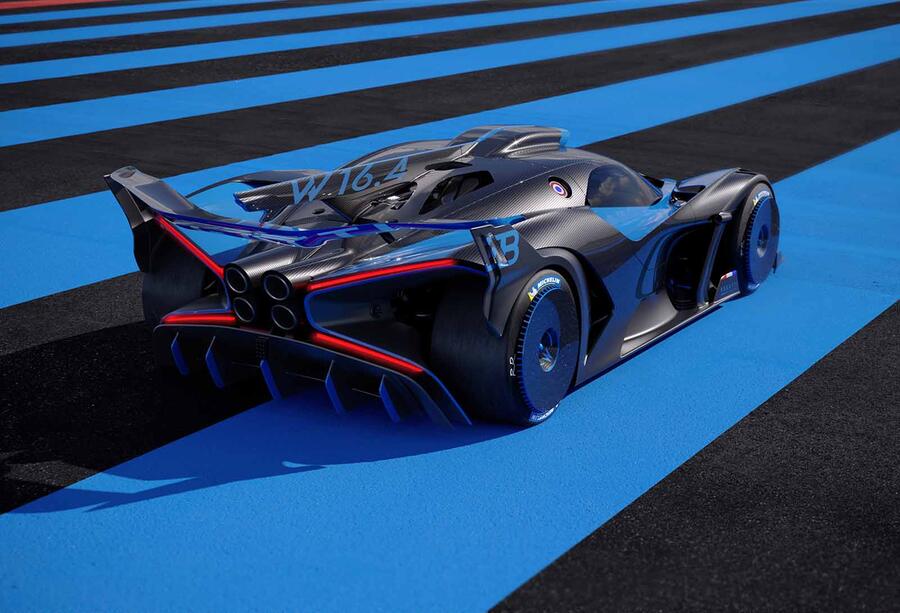
It’s worth noting, however, that the maximum claimed output is achieved only by using 110-octane racing fuel. Using 98-octane petrol, the figure is actually the same 1578bhp as the Super Sport 300+.
Just as much effort has gone into keeping the kerb weight down to that 1240kg figure. As well as using a “minimal body for maximum downforce”, the Bolide sits on a super-light and super-stiff carbonfibre monocoque. Carbonfibre is also used in the front-end and underbody. Bugatti claims the carbonfibre’s tensile strength is matched only by that used in the aerospace industry.
Furthermore, all screws and fastening elements are titanium, while super-thin aerospace-grade hollow titanium alloy, originating from 3D printers, is used for many components. Ceramic brakes feature callipers that weight just 2.4kg each, with centre-lock forged aluminium wheels weighing 7.4kg at the front and 8.4kg at the rear.
Those are shod in tyres with extreme width - up to 340mm at the front and 400mm at the rear, while there’s even a compressed-air-driven jack with four rams designed to make tyre changes easier.
The suspension is by titanium pushrods with horizontal dampers. The pushrods themselves weigh just 100g. Welded stainless-steel control arms are also designed as wing profiles.


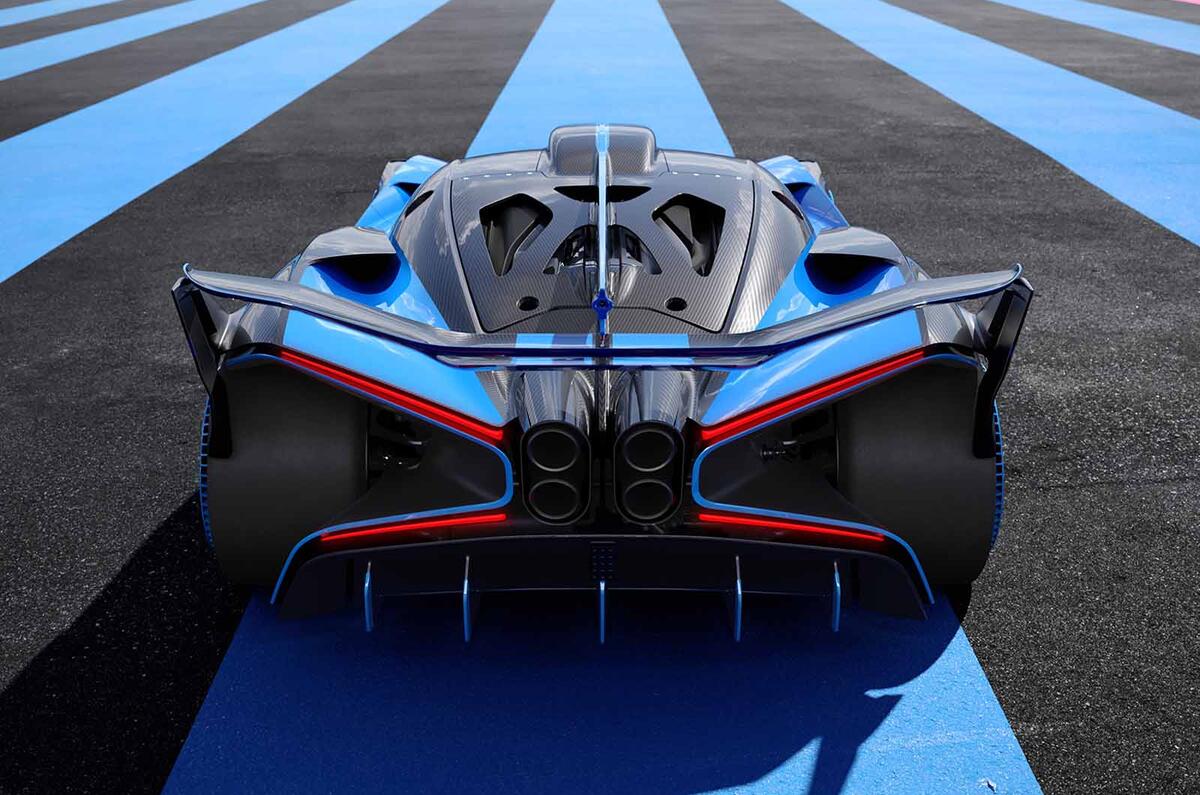
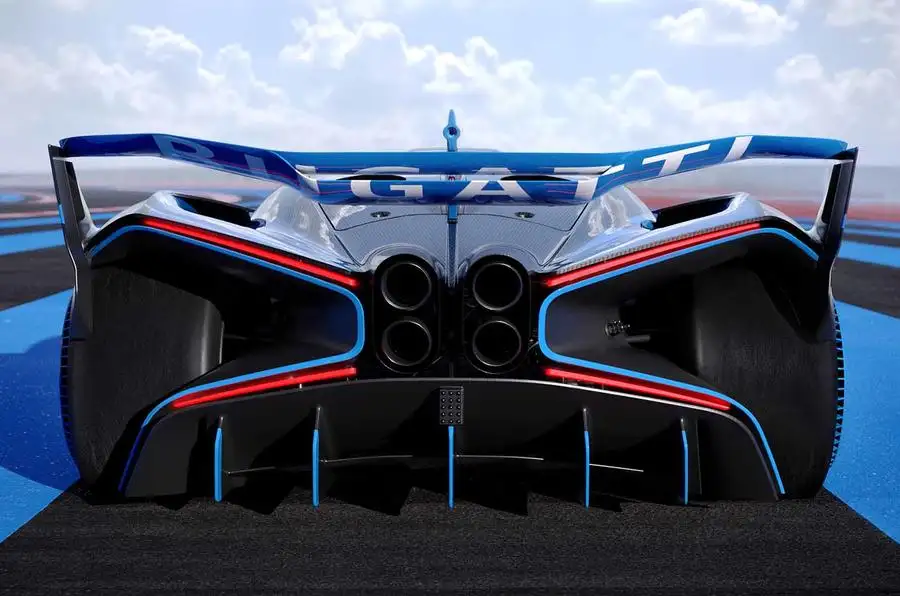
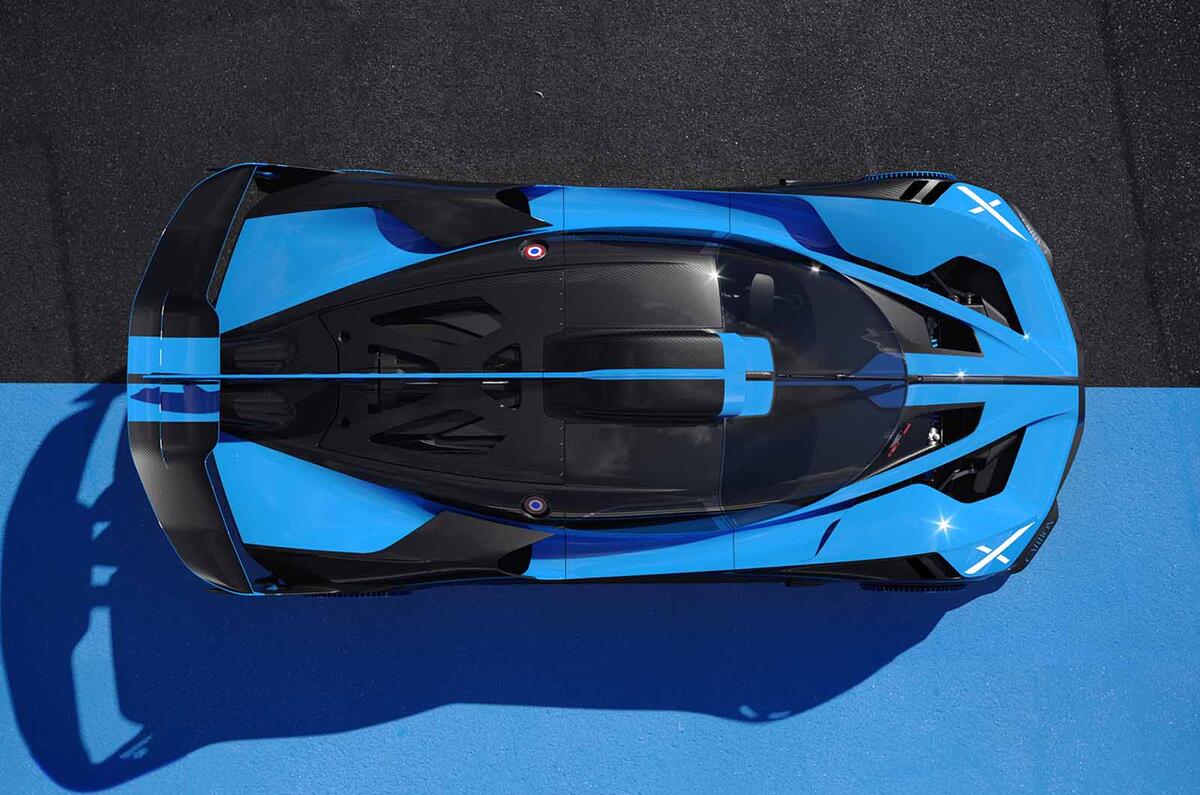
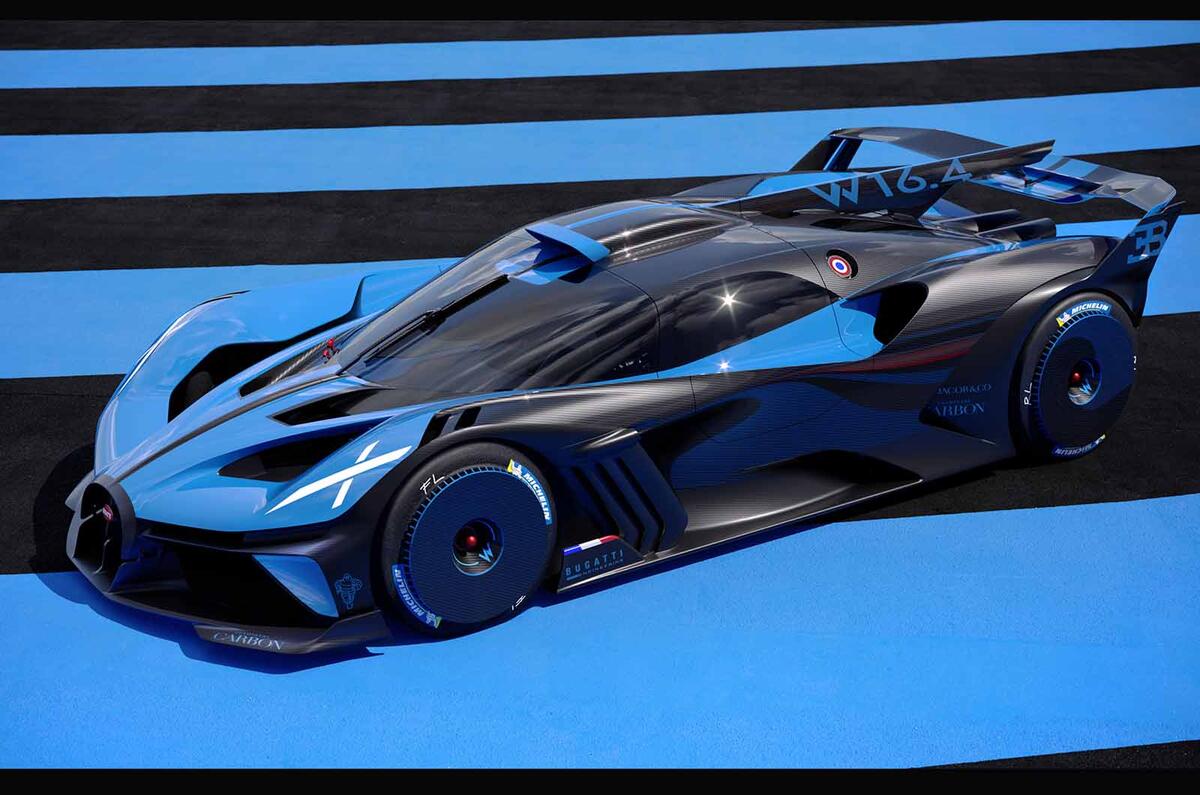
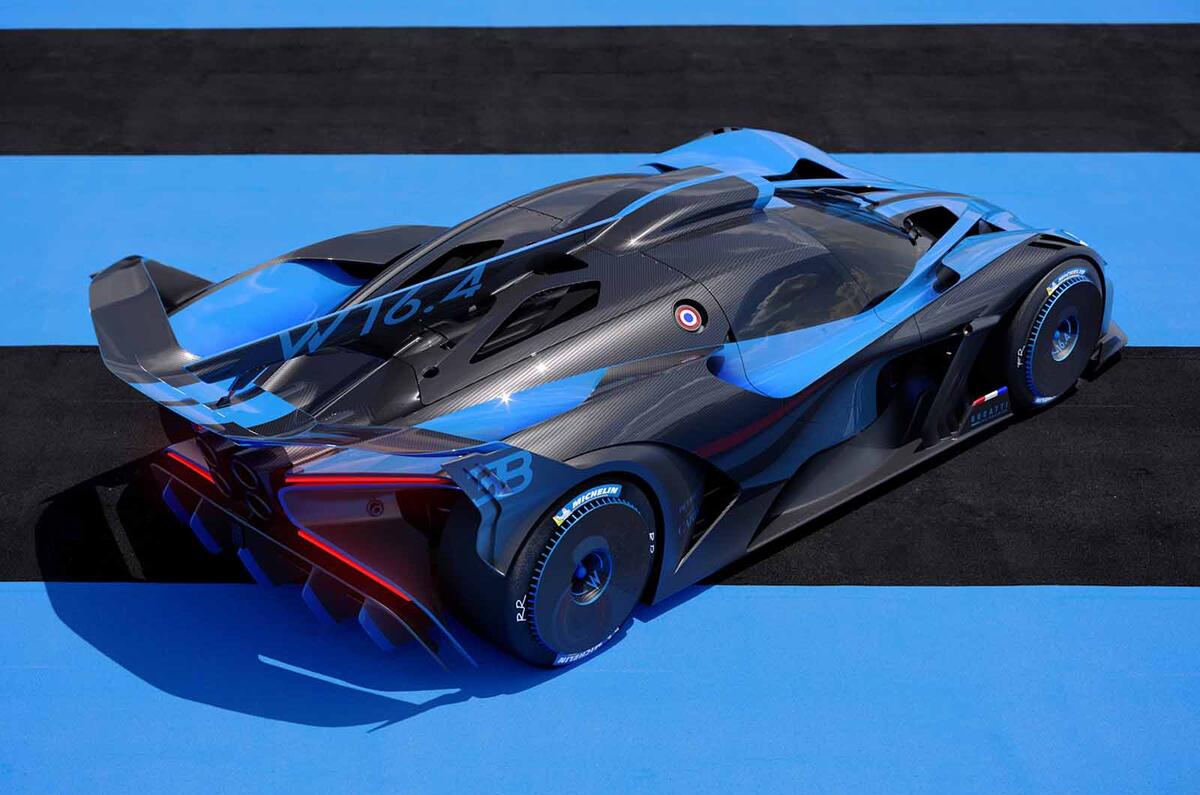




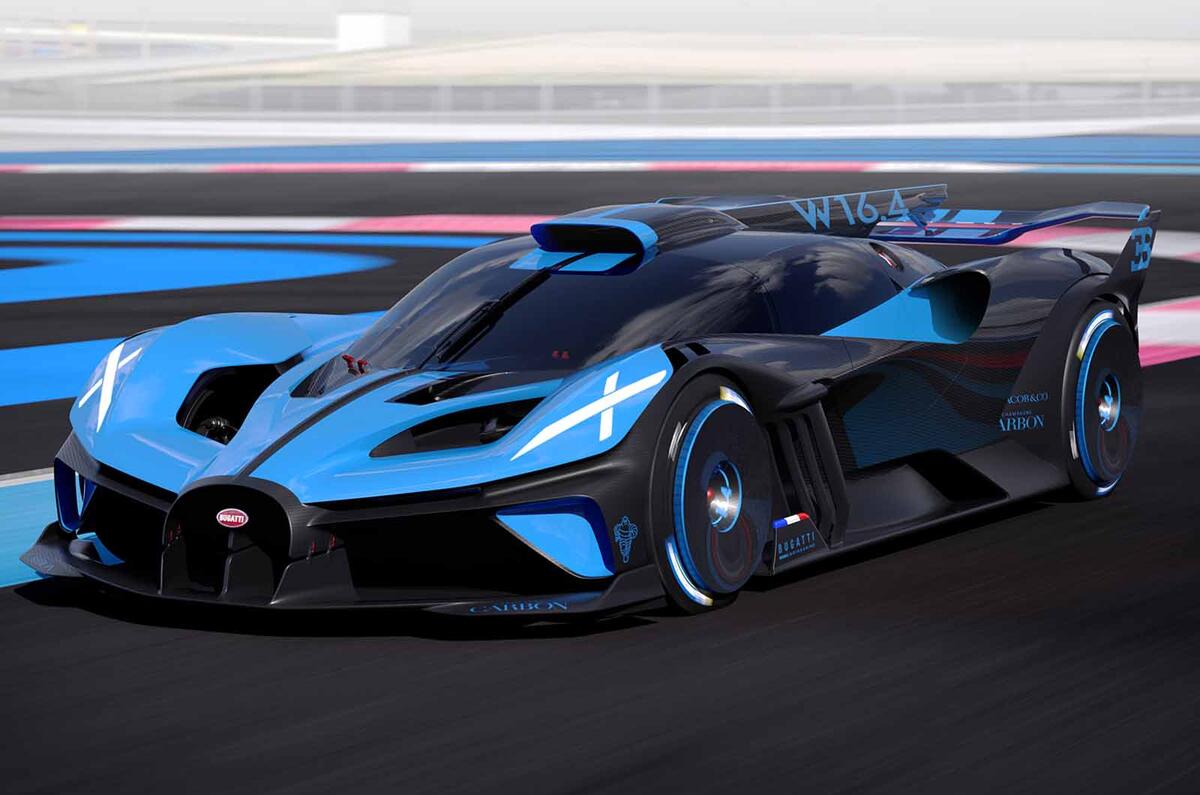




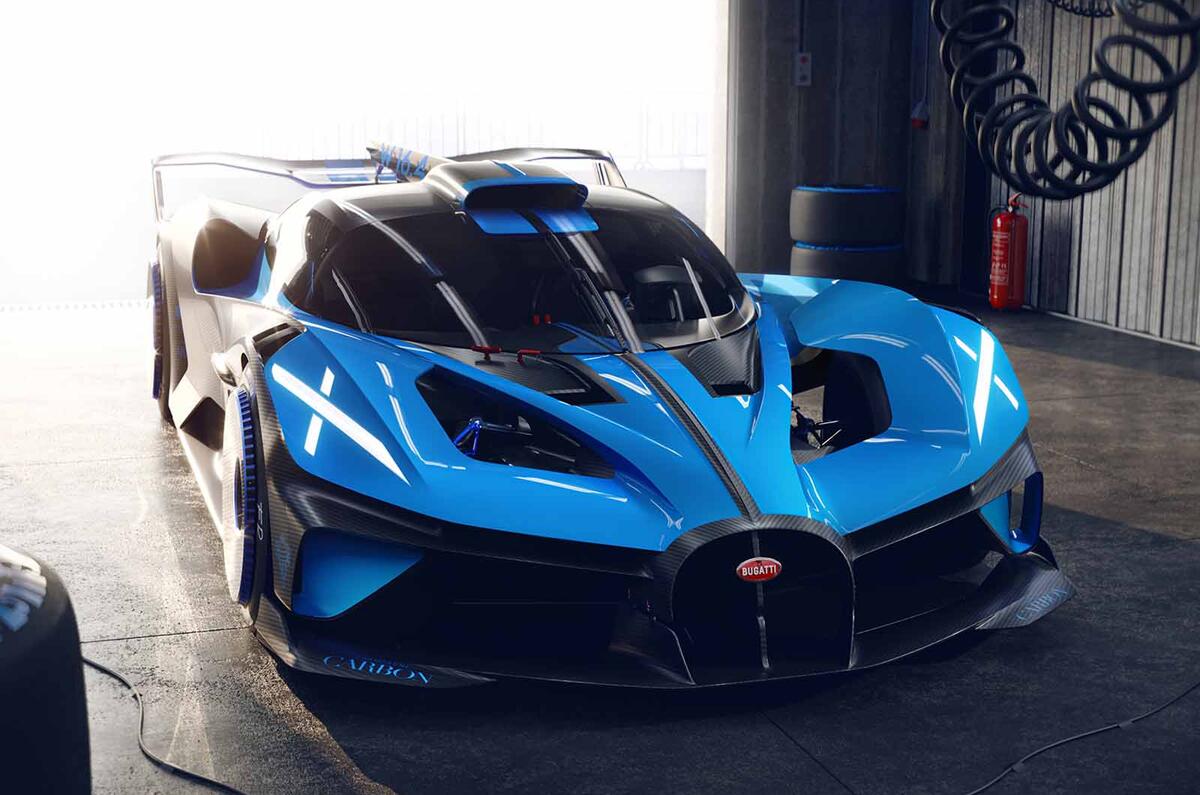









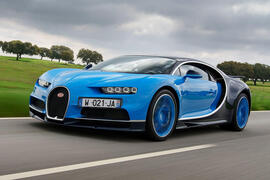
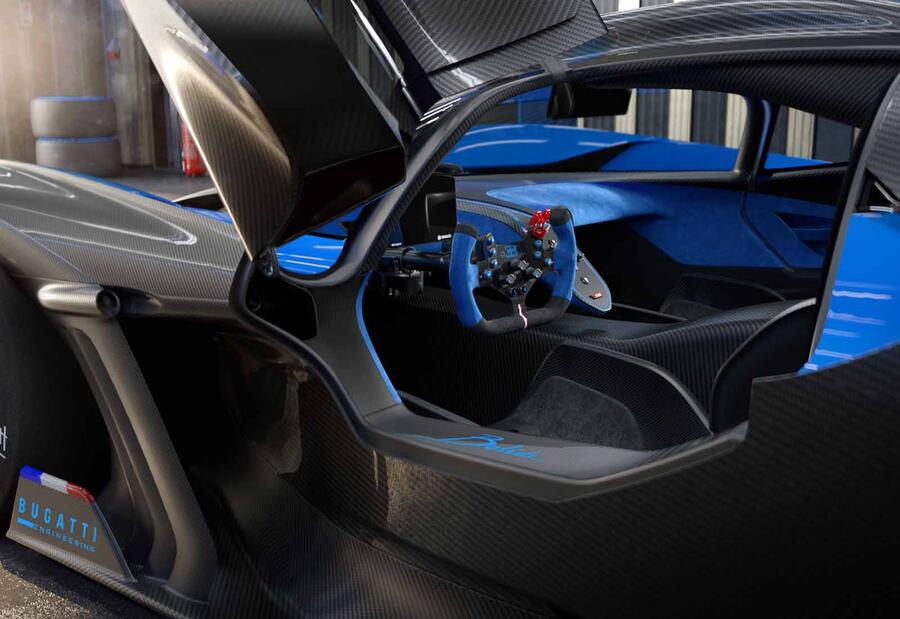

Join the debate
Peter Cavellini
Forsa!
It such a wild looking concept, why would you spent all this t8me and money not to produce say a run of five, ten even, maybe do like Ferrari did with their FXX?
m77rshy
To be seen to be believed
Is it confirmed that they have actually built this or is it just a rendering and design study? The images all look like renderings to me. I'm sure this will easily be an absolute monster, but with all these theorhetical claims, they need to actually go out and do the records. Its easy to set a laptime on Gran Turismo.
Laos
Insane
Just Saying
Too Conservative for me
Try again.
Add your comment